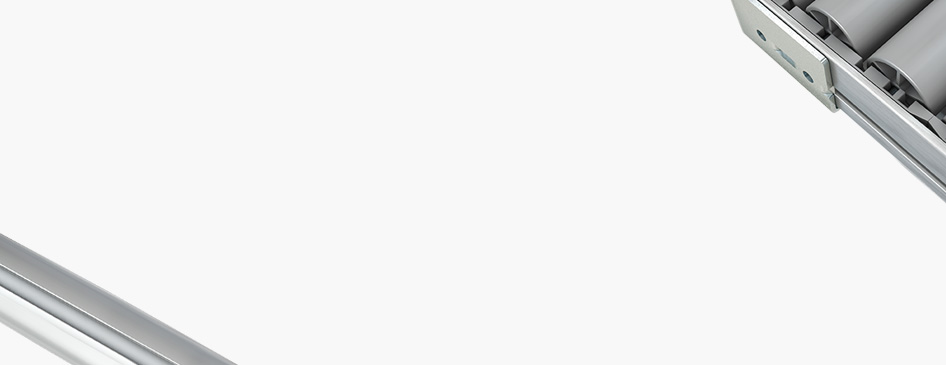
Choose one
or multiple languages
0,1,1
- German
- English
- Chinese
- Spanish
Adhesive joint
Adhesive joints are bonded connections between similar or different materials using non-metallic fillers (adhesives). Bonding takes place with or without the application of pressure and/or heat. The adhesion to the component surface (adhesive Force) and the internal Strength (cohesive force) determine the Joint's durability.
Adhesive joints are inexpensive. No structural changes, warping or internal stresses occur, because the workpiece requires little or no heating. The joints can also have a sealing function - in the case of threads and surfaces, for example. Shaft-Hub connections often take the form of adhesive joints.
However, adhesives exhibit limited chemical Resistance, load-Bearing capacity and heat resistance and poor resistance to tensile, Bending and peeling stresses.
Due to numerous influencing factors, it is only possible to approximate the load-bearing capacity of adhesive joints, for example using tensile or pressure tests.
Klebeverbindung
Klebeverbindungen sind stoffschlüssige Verbindungen gleichartiger oder verschiedener Werkstoffe durch nichtmetallische Zusatzwerkstoffe (Klebstoffe). Geklebt wird mit oder ohne Druck- bzw. Wärmeeinwirkung. Die Haftfestigkeit (Adhäsionskraft) des Klebstoffes an der Bauteil-Oberfläche und die innere Festigkeit des Klebstoffes (Kohäsionskraft) bestimmen die Haltbarkeit der Klebeverbindung.
Klebeverbindungen sind kostengünstig herzustellen. Gefügeveränderungen, Wärmeverzug und Eigenspannungen entstehen nicht, weil das Werkstück nicht oder nur wenig erhitzt werden muss. Die Verbindungen können auch Dichtfunktion haben, etwa bei Gewinden und Flächen. Welle-Nabe-Verbindungen sind häufig als Klebeverbindung ausgeführt.
Demgegenüber haben Kleber eine begrenzte chemische Beständigkeit, Tragfähigkeit und Wärmefestigkeit sowie eine geringe Festigkeit gegenüber Zug-, Biege- und Schälbeanspruchungen.
Die Tragfähigkeit von Klebeverbindungen kann wegen zahlreicher Einflussfaktoren nur näherungsweise berechnet werden, z. B. durch Zug- oder Druckversuch.
胶接
胶接是一种在相近或不同材料之间利用非金属填料(粘合剂)进行加固连接的方式。无论有没有压力或者热量均可以产生连接。零件表面的胶粘性 (附着力)和内部强度(粘合力) 决定了连接的耐久性。
胶接成本较低。由于工件不需要或只需要少量的加热,因此没有结构的变化、翘曲或是内应力的出现。在螺纹和表面,这种连接同时具有密封的功能。轴-轮毂也经常采用胶粘的方式连接。
但是,胶接表现出有限的耐化学性、承载能力、耐热性以及较低的抗拉性、抗弯性、抗剥离应力的能力。
由于众多因素的影响,只能近似的估算胶接的承载能力,如采用拉力或压力测试。
近义词
附着力
粘合力
Unión adhesiva
Las uniones adhesivas son conexiones unidas entre materiales similares o diferentes usando rellenos no metálicos (adhesivos). La unión se lleva a cabo con o sin la aplicación de presión o calor. La adhesión a la superficie del componente (fuerza adhesiva) y la resistencia interna (fuerza cohesiva) determinan la durabilidad de la unión.
Las uniones adhesivas no son costosas. No se lleva a cabo ningún cambio estructural, pandeo ni esfuerzos internos, ya que la pieza de trabajo requiere poco calor o ninguno. Las uniones también pueden tener una función de sellado, en el caso de las roscas y superficies, por ejemplo. Las conexiones eje-conector a menudo toman la forma de uniones adhesivas.
Sin embargo, los adhesivos muestran una resistencia química, capacidad de carga y resistencia al calor limitadas, y una mala resistencia a los esfuerzos de tensión, flexión y desprendimiento.
Debido a los numerosos factores que lo influencian, solo es posible aproximar la capacidad de carga de uniones adhesivas, por ejemplo, usando pruebas de tensión o presión.
